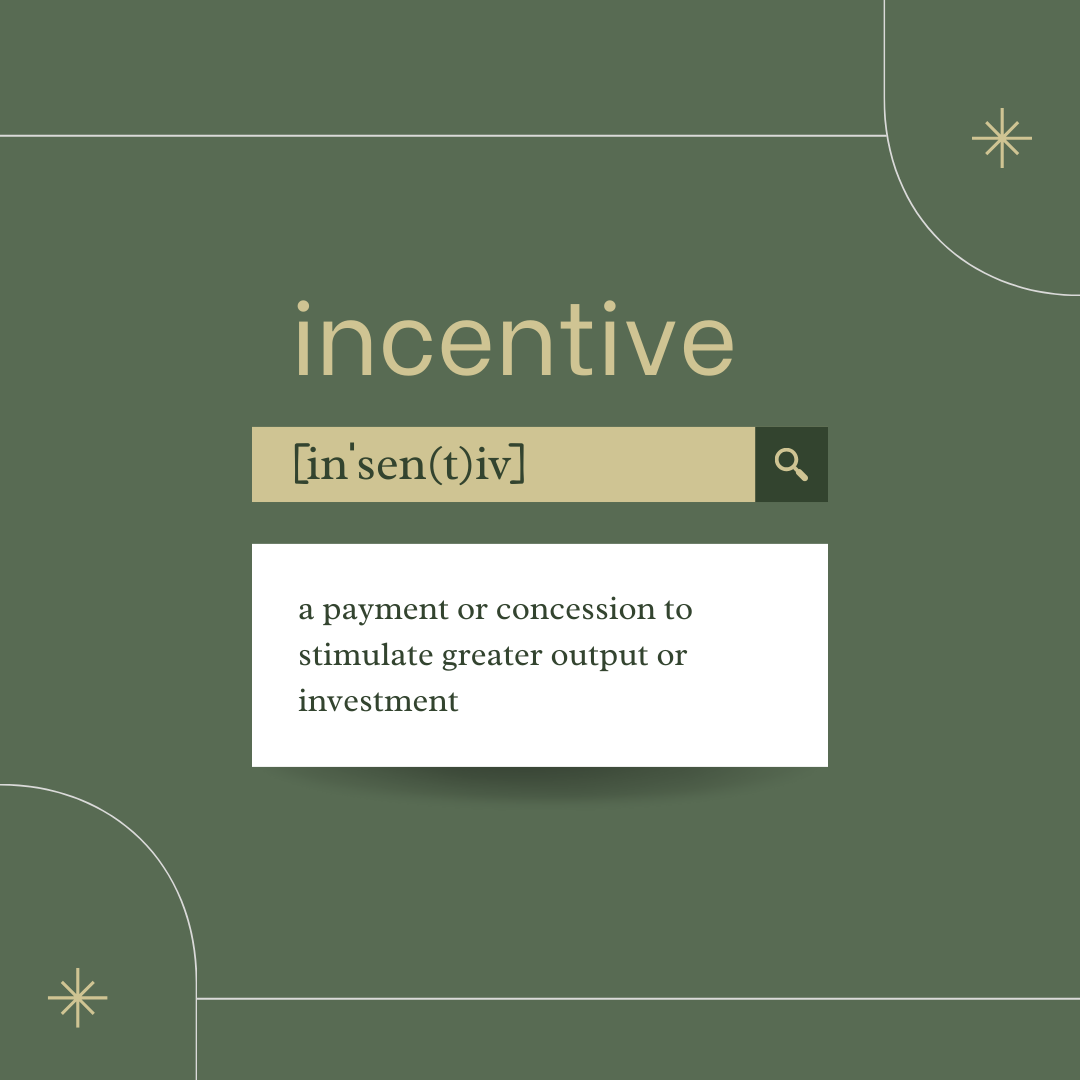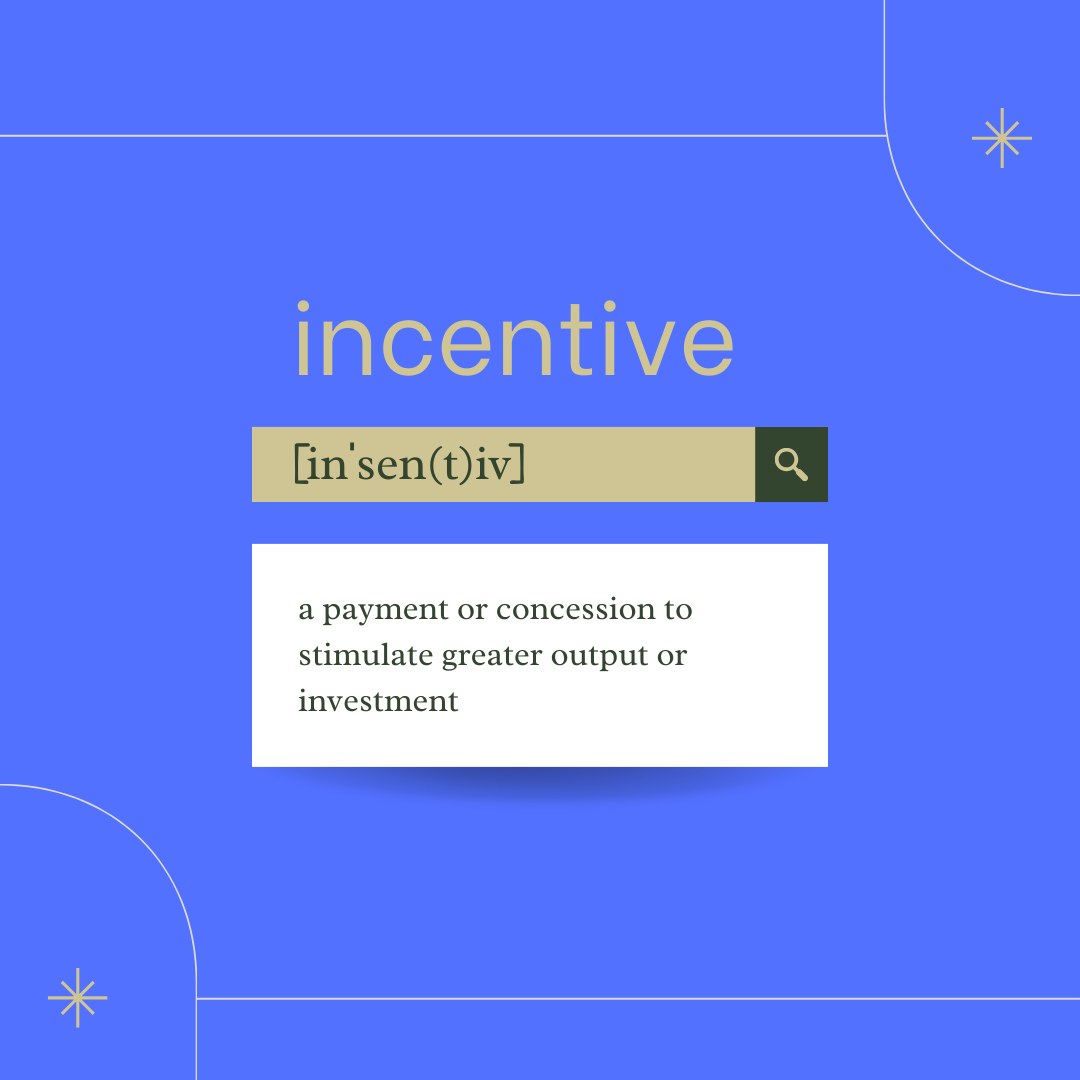Part 1 out of 3 Key Lessons Learned
For a recent client, I conducted an Incentives and Benchmarking Analysis for the economic development organization and two of the cities in its territory. The goal was to understand if incentives which had been granted to a number of projects over the past fifteen years had done as promised—created value for the community. Several lessons were learned from that project that I will share over time. But three key lessons learned were: incentives only create a return on their intended use, incentives never left the community worse off, and communities do not have processes in place to track incentives well.
First lesson—incentives only create a return on their intended use. The programs evaluated in this analysis included TIFs (tax increment financing), IRBs (industrial revenue bonds), CIDs (community improvement districts), and NRAs (neighborhood revitalization areas). These programs either give a tax abatement or produce additional sales tax revenues that go back to the developer for improvements. For the programs which gave a property tax abatement, a PILOT (payment in lieu of taxes) was paid, or the additional tax received over the base year was placed in a separate account to pay for improvements. In each instance, the overall accessed value of the property in the program increased substantially, as did the tax revenues. They not only increased each year of the abatement, but increased once the abatement was completed. The CID which created additional sales tax revenue added a percentage to the existing sales tax, and therefore did not raise less money than when the addition was put in place.
Many public officials expect additional jobs created or additional wages paid when any kind of incentive is given. However, for the programs mentioned before, job creation or increased wages were NOT being incentivized, so not only was there not a means for capturing that data, it was also not an intended use of the programs.
Education to elected officials, board members, staff, and stakeholders needs to be ongoing so that all understand how an incentive program works, and WHAT is being incentivized.




